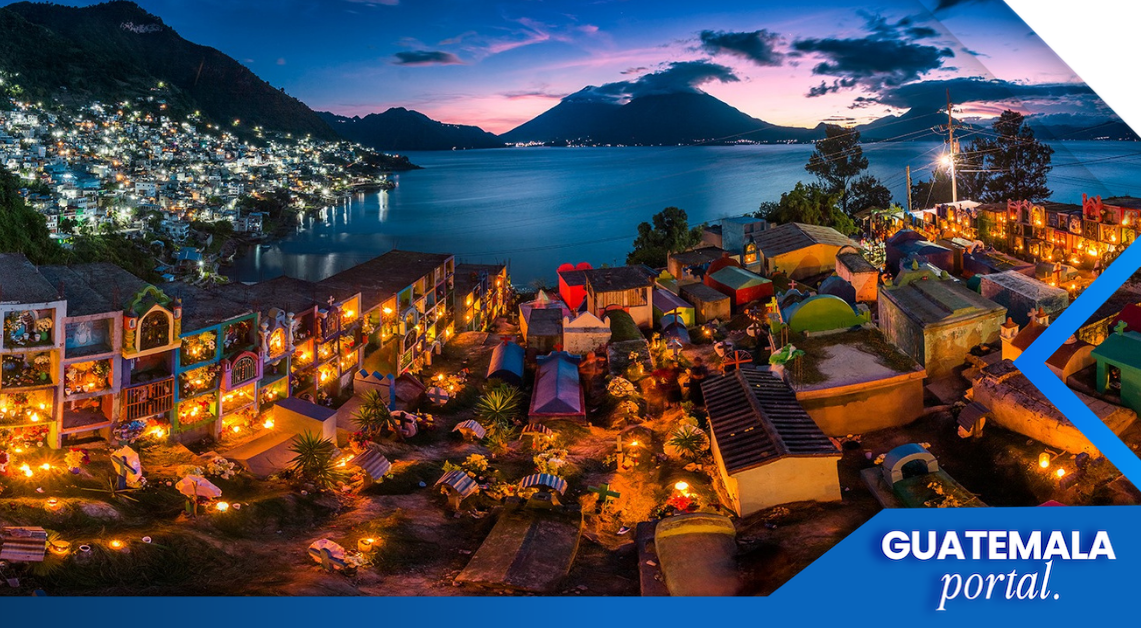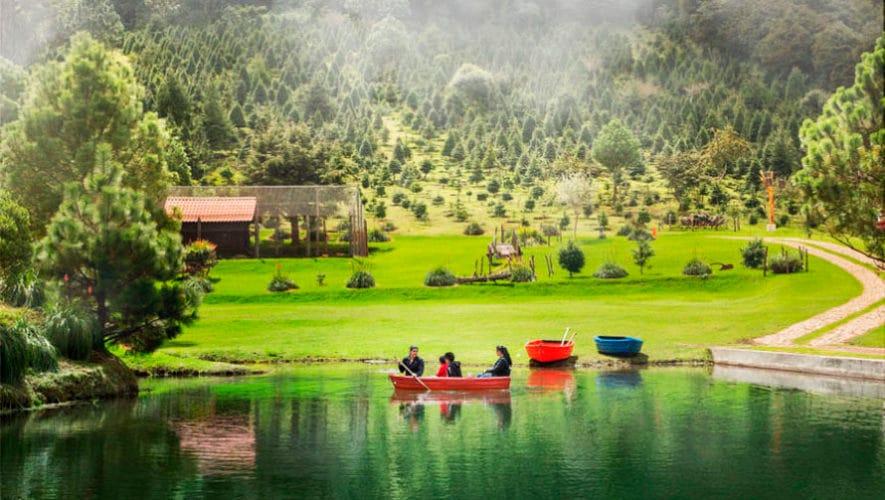Tecpán: Guatemala’s Next Premier Tourism Destination?
Tecpán is capturing the attention of both national and international tourism sectors.

Just ninety minutes from Guatemala City, Tecpán is capturing the attention of both national and international tourism sectors. This municipality in Chimaltenango not only preserves historic landmarks such as Iximché, the nation’s first capital, but also boasts a strong culinary scene and a strategic location, positioning it as a potential primary tourism hub.
According to César Aguilar, director of Polochic Travel & Wellness, Tecpán could rise to a new category of tourism if three core pillars are strengthened: investment in road infrastructure, training of local personnel, and the revival of cultural identity. “There’s much more than just food. Tecpán holds living history, but it hasn’t been told as it should,” Aguilar asserts.
The Guatemalan Tourism Institute (INGUAT) is currently assessing the feasibility of conducting a technical study to define the tangible and intangible criteria needed to position Tecpán as a main destination. Its director, Harris Whitbeck, emphasizes the need for a master plan that unites efforts from the private sector, local communities, and public authorities to develop the area’s attractions in an organized manner.
Tecpán on the Move: How Infrastructure Could Unlock Tourism Growth
An efficient road network would improve connectivity between Tecpán and other tourism centers across the country. But it’s not just about highways. Whitbeck underlines the importance of identifying weaknesses and opportunities to foster public-private partnerships that promote sustainable long-term development.
A comprehensive approach is being proposed, one that integrates sustainability, inclusion, and the preservation of both natural and cultural heritage. “Tecpán could serve as a model for responsible tourism if managed properly,” says Whitbeck.
Beyond Dining: Building an Integrated Tourism Experience
With more than 50 restaurants, Tecpán has established itself as one of the country’s top culinary destinations. Yet, experts like Guillermo Cuéllar from Descubre Guatemala argue that the real challenge lies in diversification. “Gastronomy sells itself, but it needs to be enriched with history, culture, and nature.”

Sites such as Iximché, birdwatching areas, and artisan workshops could become part of an expanded tourism offering that encourages visitors to stay longer. Recommendations include training local guides, designing thematic travel routes, and improving tourism signage, steps toward a more holistic and engaging experience.





